Sugar in baby food “The Nestlé birds were set in our minds”
Laurent Gaberell, November 18, 2025
It’s mid-day. The sun is bathing the green hills surrounding the village of Madwaleni. With her baby swaddled on her back, Nombuyiselo Ntondo fills a pan with rainwater she collected in a container next to her house. She walks around the hut made of mud bricks with its conical roof and boils the water on a small gas cooker. The hut has just one room where she lives with her mother and her two children.
It has neither water nor electricity. “For the baby, we use rainwater, and for ourselves, water from the river.” Under the caring gaze of her mother, who has taken the baby on her knee, Nombuyiselo Ntondo mixes six packets of Nestum infant cereal and a large can of Nan powdered milk in a plastic bowl. She explains that this is enough for a month. The mother takes a few spoonsful and prepares a bottle for her six-month-old son.
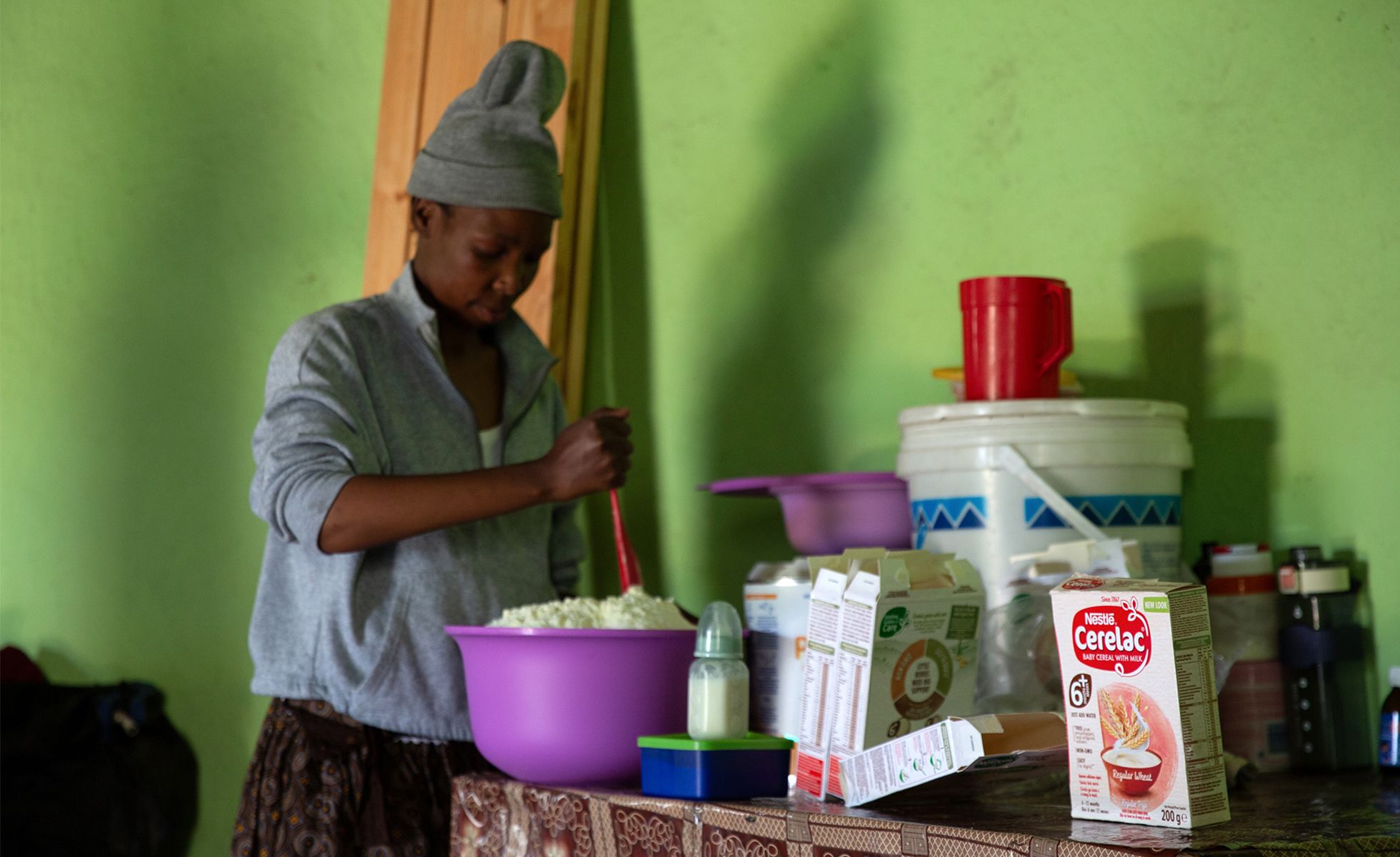 ©
James Oatway / Panos
©
James Oatway / Panos
Nombuyiselo Ntondo has fed her baby boy with powdered milk since he was born. She has added Nestum since he was three months old. And she has just started introducing Cerelac infant cereals to his daily diet. “It’s very expensive”, she sighs. The young woman explains that she spends all the social welfare benefits she receives – the equivalent of USD 60 per month, her only income along with her mother’s allowances – on these Nestlé products. Because she wants her baby to be well nourished and healthy. “The baby can’t survive without it”, she says.
Bottle-fed with Nestlé products
Nestlé baby food products are very popular in this remote rural area of Eastern Cape province in South Africa, which we visited last October. This region with over seven million inhabitants – and the native land of Nelson Mandela – has a poverty level and infant malnutrition rate that are among the highest in the country. The shortage of jobs is forcing many men to leave the village and look for work elsewhere, leaving their wives behind to care on their own for the children.
In this province, the breastfeeding rate is even lower than the national average. The use of Nestlé infant formula starting from birth is very widespread, and Nestum and Cerelac baby cereals are best-sellers. Nombuyiselo Ntondo states: “My mother told me to use these products”. The grandmother confirms that she fed them to her daughter, almost thirty years ago. “The doctors in the hospital told me to use them”, Nojekele Ntondo recalls.
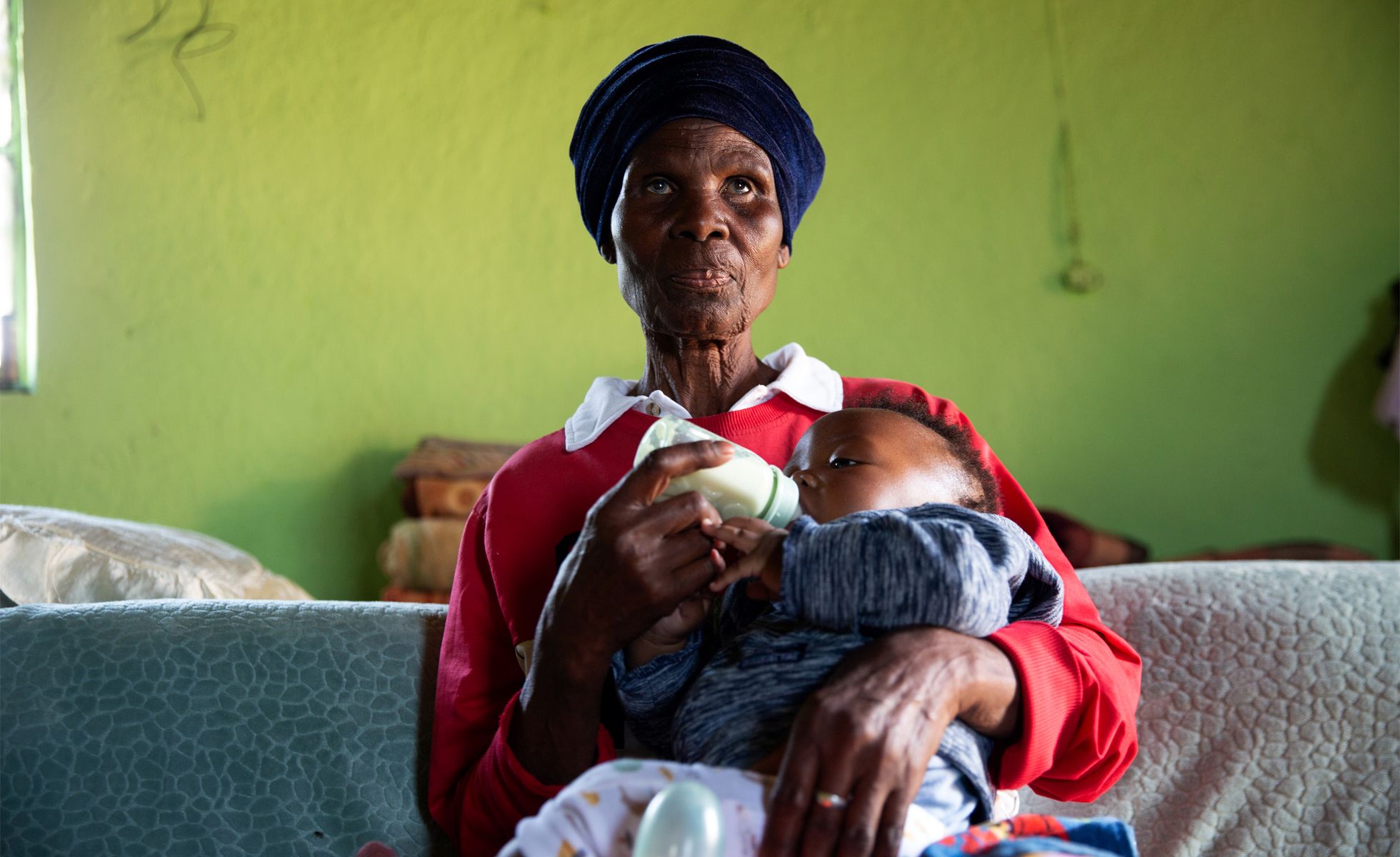 ©
James Oatway / Panos
©
James Oatway / Panos
Over the generations, Nestlé has gained the trust of parents in this marginalized region by presenting itself as the healthiest solution for feeding their babies. And this “belief” is passed down within families, from mothers to daughters. Just like Nombuyiselo Ntondo, many of them spend their meagre income to offer their children “the best”, without suspecting that these products could be harmful to their health.
“It's the result of marketing”
Andrew Miller is aware of the risks. For around ten years he has been in charge of the neonatal and paediatric unit of the hospital in Madwaleni. Housed in a former missionary building dating from 1960, it has 180 beds and serves a population of 200,000. In front of the hospital entrance, he expresses his alarm at the damage caused by the widespread use of infant formula. “Children younger than six months that get admitted at the hospital, and that are sick in this community, are almost exclusively formula-fed babies”, he states.
Dr Miller deplores the fact that breastfeeding is often replaced with formula, contrary to the recommendations of the World Health Organization (WHO), which advocates breastfeeding alone until the age of six months. “For so many of the infections in the children that aren't growing well, formula is the cause”, he explains. The cause: a lack of drinking water and electricity, and the impossibility of sterilising the bottles. But also, the lack of breastfeeding. “In small children, breastfeeding and the immunity that's transferred from the mother to the child is so protective”. According to Dr Miller, children that are exclusively breast-fed are very unlikely to get admitted to hospital, unless they have some other serious underlying conditions.
 ©
James Oatway / Panos
©
James Oatway / Panos
The doctor acknowledges that there may be good reasons for using infant formula, for example, if the mother is not around or is unable to breastfeed. But very often, he says, they make this choice because they think the products are a better option than breastfeeding. “It's the result of marketing. They were made to believe that if they can afford it, they must use formula”.
“Not the correct diet for a baby”
In these disadvantaged areas, mothers struggle to bear the prohibitive cost of these products. This is why, like Nombuyiselo Ntondo, they mix infant formula with Nestum cereals. The products are not intended for babies under six months old. But they are less expensive and appear to provide a little consistency to the meals.
 ©
James Oatway / Panos
©
James Oatway / Panos
Dr Miller is concerned about this practice: “Babies here are suffering from malnutrition, not because of a lack of food but because of a lack of quality food. They don’t have enough proteins in their diet to grow properly”, he explains. Nestum, for instants, has only 5%, its primarily made of carbohydrates. But the doctor is also concerned about something else: sugar.
Nestum products sold in South Africa contain elevated quantities of added sugar, more than two grammes per serving. For Nombuyiselo Ntondo’s baby, who has been bottle-fed on Nestum since he was three months old, this equates to 120 grammes of sugar per month or one sugar cube per day. To this are added the two sugar cubes contained in the two servings of Cerelac infant cereal which now complement his daily meals.
“We don’t want sugar”
If he had been born in Switzerland, France or Germany, this baby would have been entitled to products proudly labelled “no added sugar” by Nestlé. But in South Africa, as in the rest of the continent, the food giant continues to add sugar to most of its products, as our new investigation reveals. In March 2025, in the wake of the first report by Public Eye on this scandalous double standard, Nestlé announced that it had introduced two variants with no added sugar on the South African market. But we were unable to find these articles for sale in the Madwaleni area.
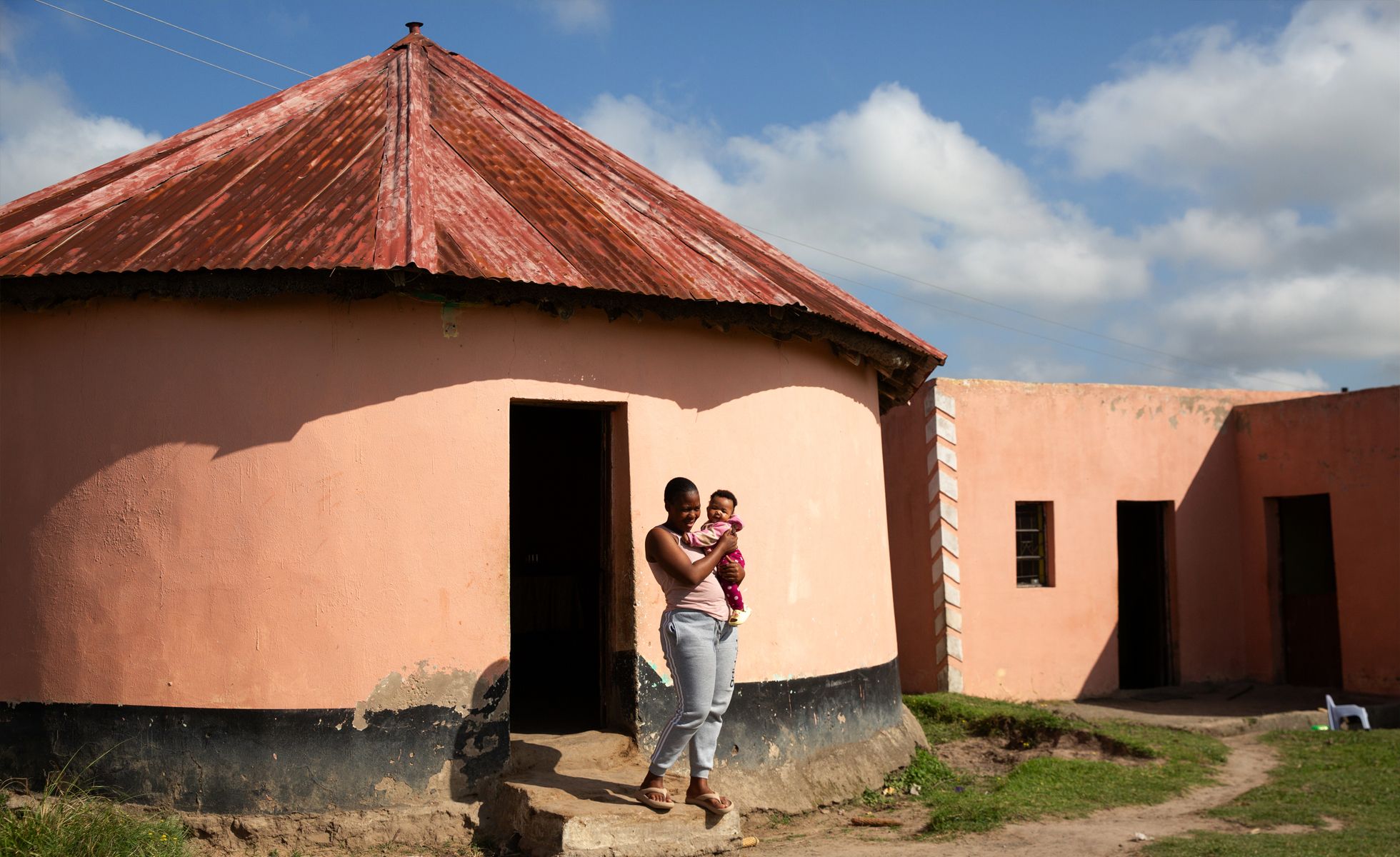 ©
James Oatway / Panos
©
James Oatway / Panos
“We don’t want sugar in the food we give to our babies”, says Ncebakazi Thwenya in a rebellious mood. She did not know that the Nestum and Cerelac products she was giving to her six-month-old baby contained sugar. The young woman is concerned about the health consequences. And she is stunned to learn that the infant cereals sold by Nestlé in Switzerland and elsewhere in Europe do not have any added sugar. “This company must be stopped, it’s making our babies sick”.
Contacted by Public Eye, Nestlé stated that it adopts “a consistent approach to nutrition for all babies everywhere. We’ve been improving our portfolio for years and we offer options of infant cereals with and without added sugars positioned in the same price range.” The company explains that it fully complies with national legislations and ensures that sugar content is always declared transparently and in accordance with local regulatory requirements. “We do not mislead consumers.”
“Our health system isn’t ready”
South Africa is one of the main markets for Cerelac and Nestum on the continent, with annual sales of over USD 40 million, according to exclusive data obtained by Public Eye from Euromonitor, a company that specialises in the food industry. Nestlé controls almost half of the market. Its infant cereals can be found everywhere, from urban centres to the most remote rural areas.
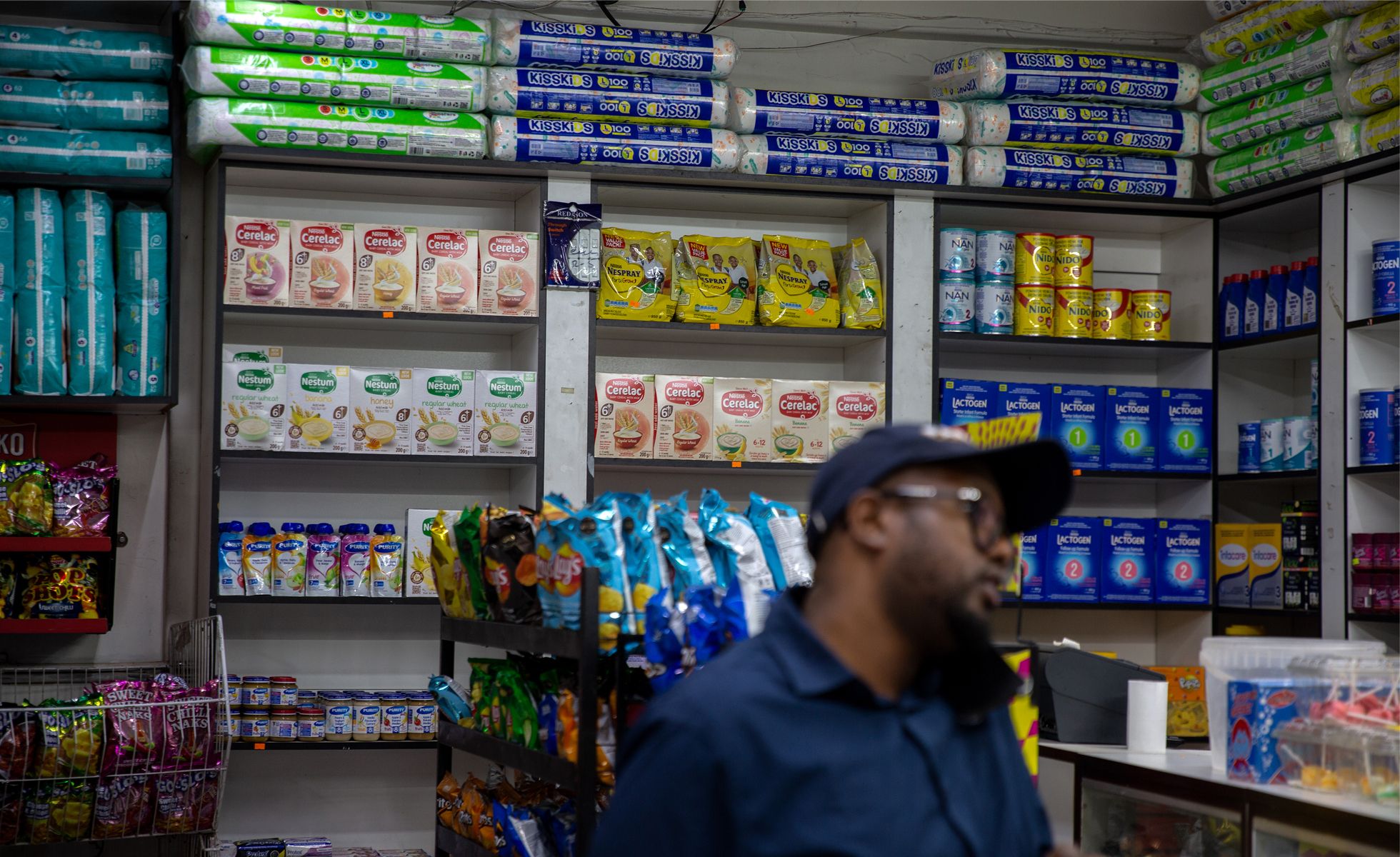 ©
James Oatway / Panos
©
James Oatway / Panos
“It's been around for so long. It's what everybody uses”, says Maria van der Merwe, President of the Association for Dietetics in South Africa (ADSA), whom we meet in Johannesburg, the economic capital of the country. “There is a wide perception that this one box is going to give your child everything he needs to grow healthy”.
But the expert is concerned about their high sugar content. Not only is sugar not a nutritional need for children, but babies exposed to such levels from a very young age risk developing a preference for sugary products that will persist throughout their lives. And this results in a rise in obesity rates, she explains. This is the reason why the WHO directives prohibit the addition of sugar to baby foods.
Unsurprisingly, Nestlé is aware of these risks. “Children can become accustomed to sweet foods”, it says on their website aimed at South African parents . “High sugar intake leads to short- and long-term risks in children”, the company adds. “It is best to limit the consumption of all added sugars to prevent these risks.” But the company keeps anyhow adding sugar to its most popular baby cereal brand in the country.
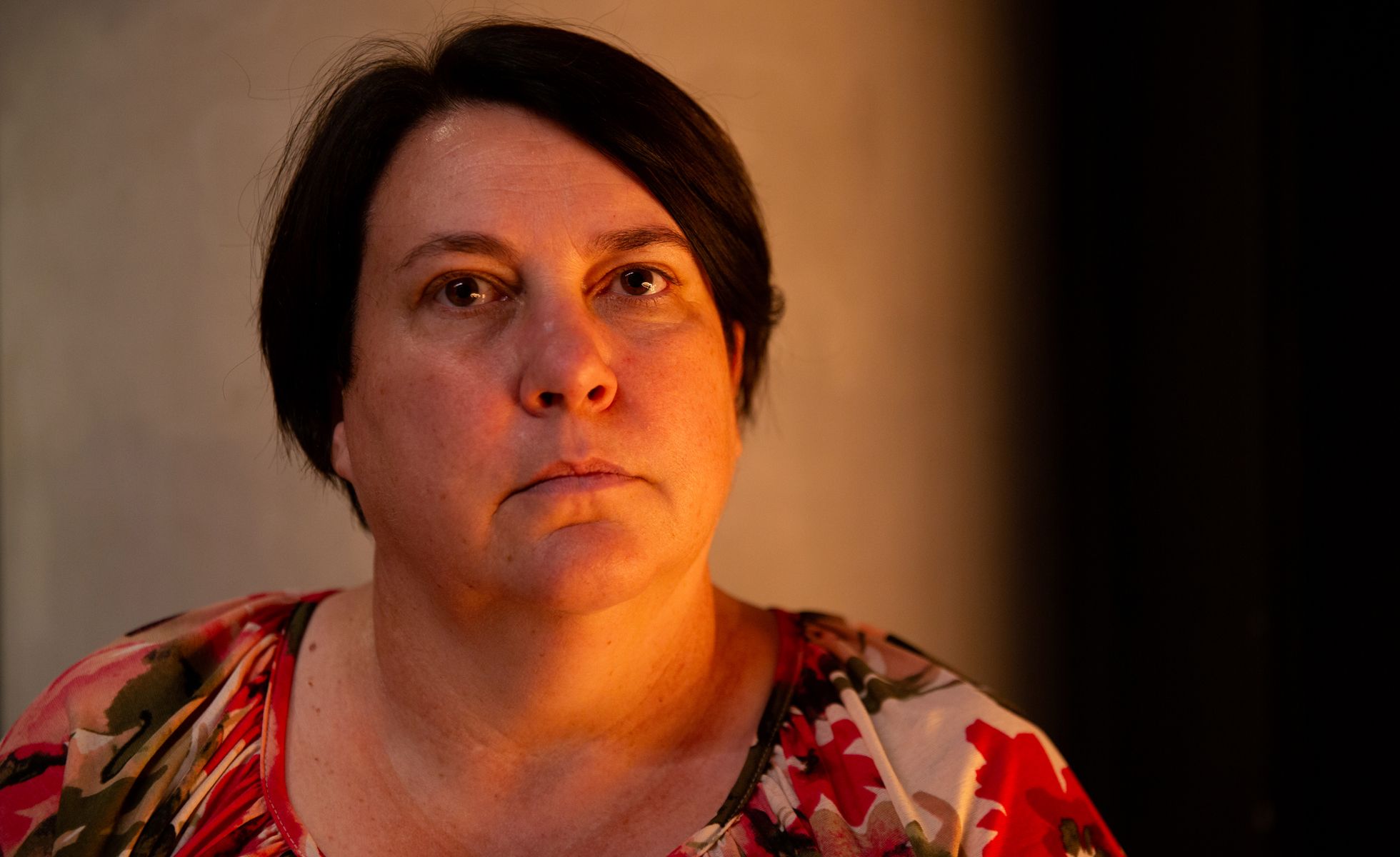 ©
James Oatway / Panos
©
James Oatway / Panos
Today, half of all adults in South Africa are overweight or obese, and the authorities are concerned about these figures which are climbing at an “alarming rate”. Obesity is not only an issue for the adult population. According to a recent study by UNICEF, the percentage of overweight children in South Africa rose from 9% in 2000 to 21% in 2022. Obesity has become the most widespread form of infant malnutrition in the country, ahead of children who are underweight.
This increase causes an explosion in cardiovascular diseases, problems related to high blood pressure and certain types of cancer. In South Africa, one in nine adults, i.e. over four million people, suffers from diabetes, one of the main causes of death in the country. And the costs are enormous. “Our health system is not ready to deal with the non-communicable burden that this country is experiencing”, Maria van der Merwe warns.
“The struggle against malnutrition”
This situation comes at a time when hunger and undernutrition are also rising. “You will find over and under nutrition in one household”, she explains. “That's a very typical symptom in a country in economic transition. We're caught in the middle. And the one eventually leads to the other. Meaning today's undernourished child is tomorrow's obese adult.”
Maria van der Merwe recalls a recent visit from a Nestlé representative who came to promote products which, like Cerelac and Nestum, are aimed at babies aged six months and older. “It was a shock that these products were placed as the answer to hidden hunger in South Africa”, she states indignantly. “The promotion material was all labelled about hidden hunger, that was their main message”.
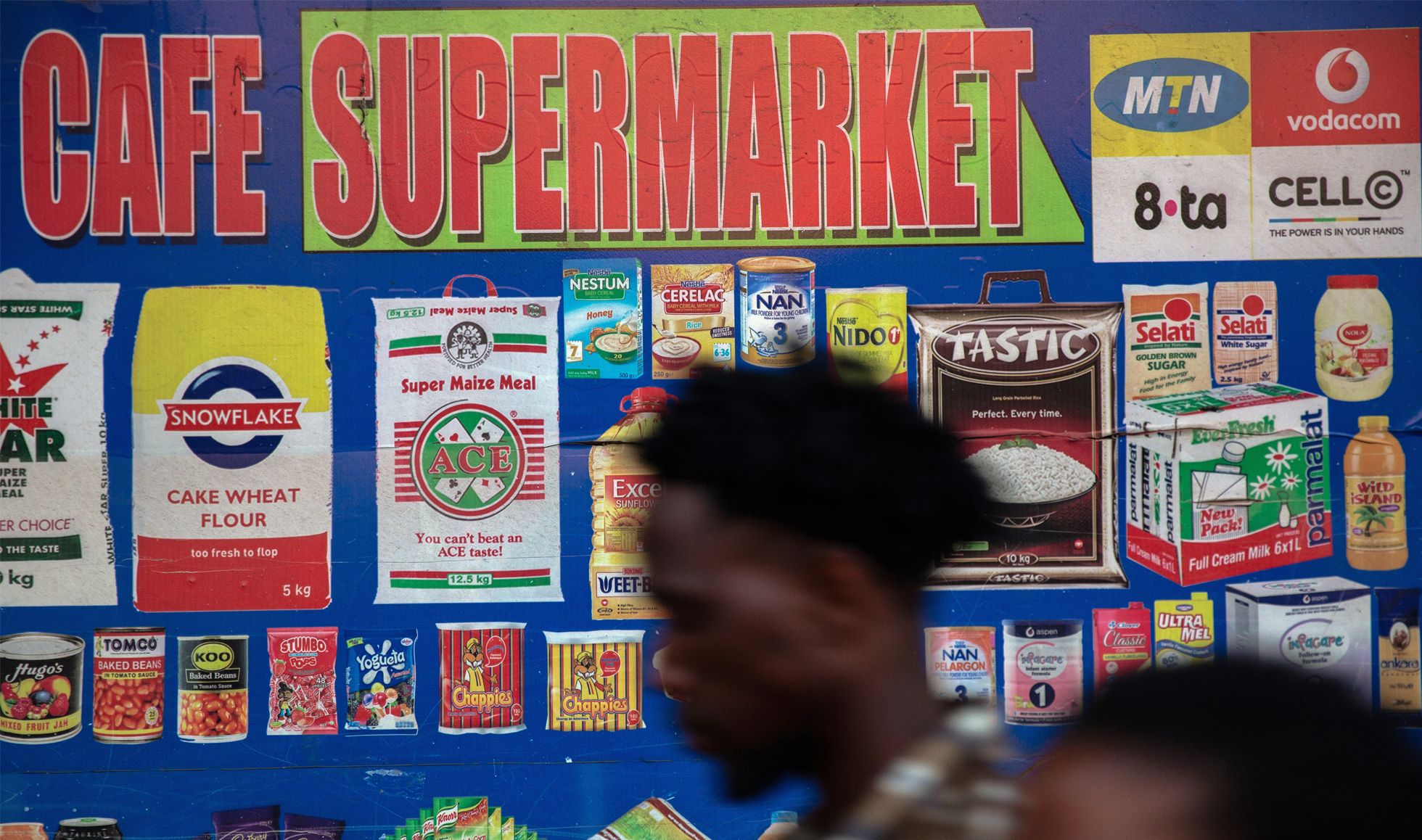 ©
James Oatway / Panos
©
James Oatway / Panos
“Hidden hunger” – the lack of vitamins and essential minerals – is primarily due to a low dietary diversity, van der Merwe explains. It is a complex problem that cannot be solved with a single product. “The message was that you don’t need to buy fresh and varied foods because there is a solution that provides your child with everything they need, and the solution comes with a beautiful packaging. As a public health nutritionist, I found this absolutely appalling”.
For her, it even more worrying that these products have a high sugar content and that Nestlé is promoting them in regions where the population is very poor and marginalised. “By having the most vulnerable exposed to risks such as a high sugar infant cereal we’re actually increasing the vulnerability while we should be closing that gap.”
Decades of influence
Nomajoni Ntombela knows a lot about the marketing tactics used by Nestlé in South Africa. A former nurse, she worked in a hospital near Johannesburg when the baby formula scandal erupted in 1974. “Back then, Nestlé representatives were constantly visiting us at the hospital, they would come to the doctors and to the dieticians, they would offer free samples and sponsor conferences”, she recalls.
These aggressive commercial practices led numerous women to abandon breastfeeding and feed their babies on formula instead. These infant formula, low in nutrients, turned out to be a poison for babies when diluted with non-potable or polluted water in low-income countries, in particular in Africa, causing up to 200,000 premature deaths per year at the peak of the crisis.
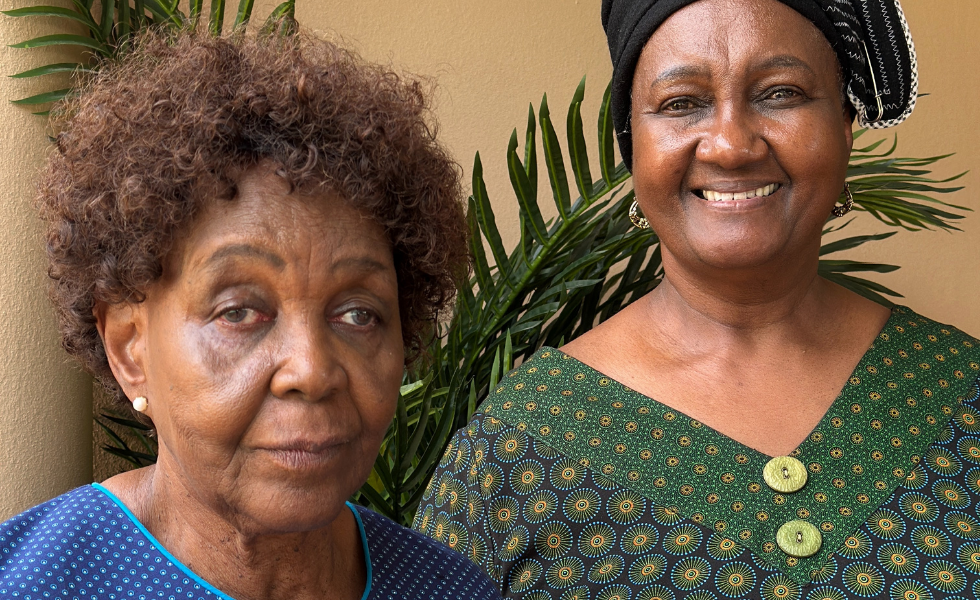 ©
Manon Descoubes
©
Manon Descoubes
Nomajoni Ntombela participated in the creation of the International Baby Food Action Network (IBFAN), which aims to put an end to abusive marketing practices by industrial companies and to protect breastfeeding. In 1981, the International Code of Marketing of Breast-milk Substitutes banning all promotion of formula for newborn babies was adopted by the WHO. But South Africa only passed a law banning these practices in 2012. And companies are always finding new ways to bypass these bans.
“What we are seeing now are still the results of this huge campaign in the 1970s”, says Ntombela. For decades, future health professionals at universities were trained how to introduce these products. Doctors and nutritionists provided this advice to generations of parents who in turn passed it on to their children.
Today, Nestlé continues to target health professionals, notably via its Nutrition Institute. The multinational company uses this platform, whose objective is to “share leading science-based information and education with healthcare professionals, scientists and nutrition communities”, to polish its image and extend its influence.
“Nestlé has created a generation of sick people who are addicted to its products. And, thanks to digital marketing, they are now succeeding in reaching millions of mothers directly, winning their trust with deceptive messages. It’s scary”, Nomajoni Ntombela sighs.
“The Nestlé birds were set in our minds”

